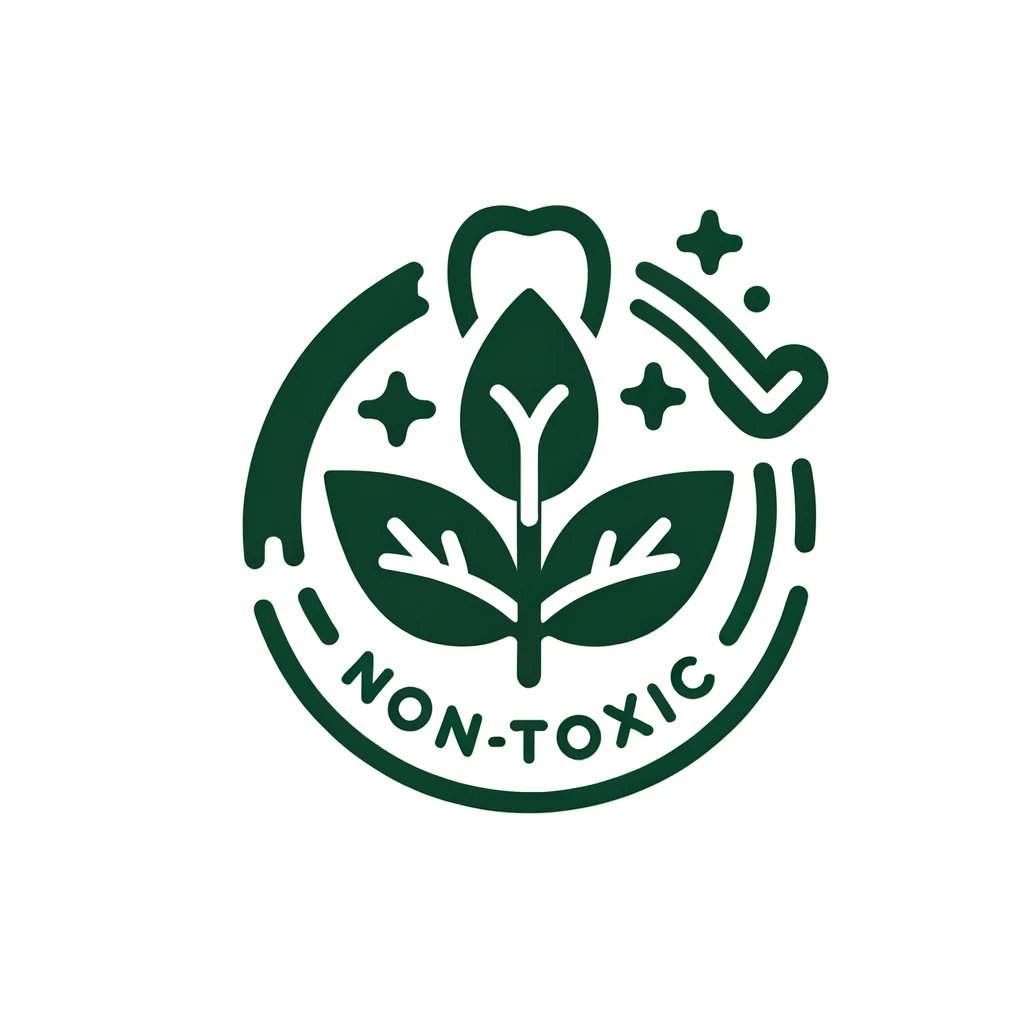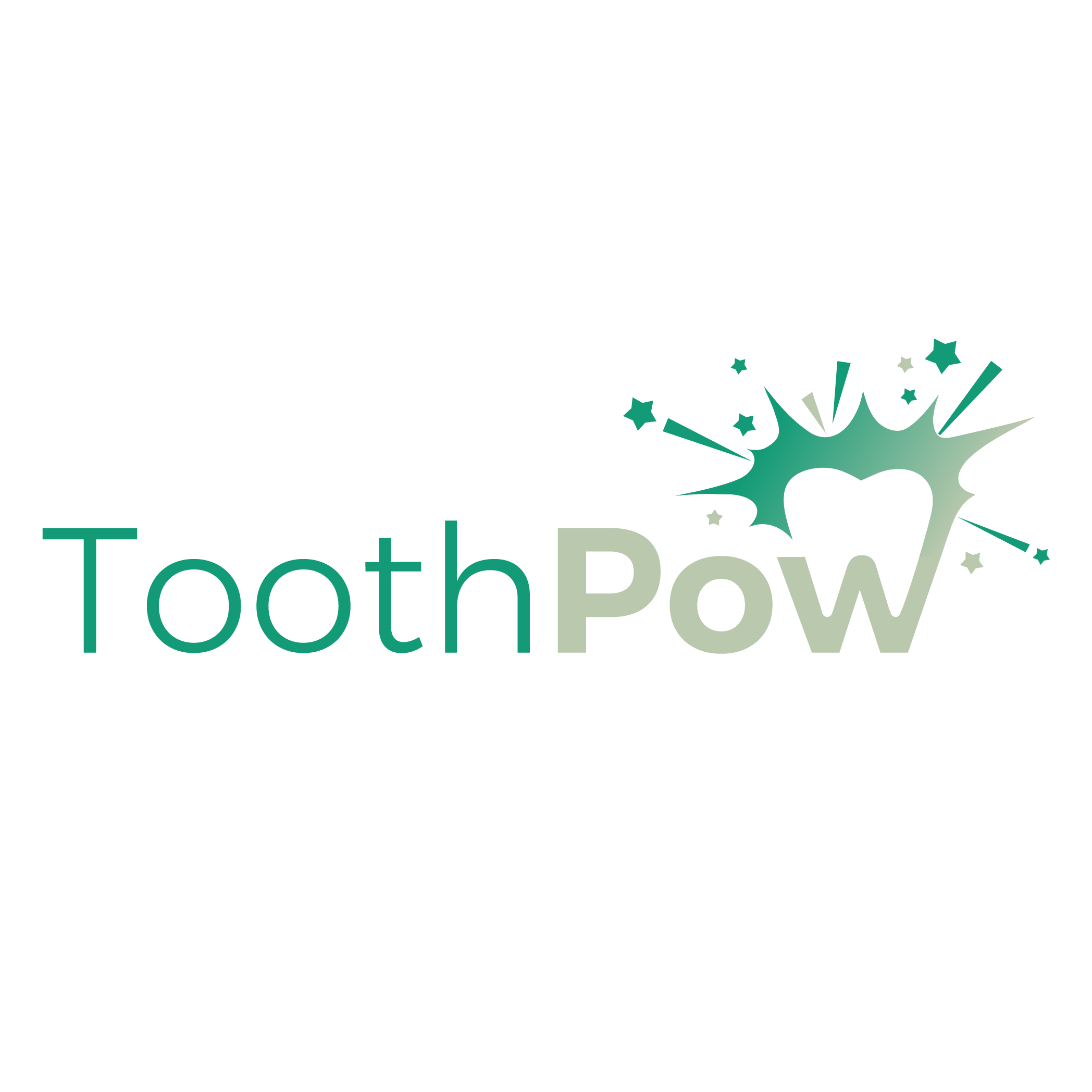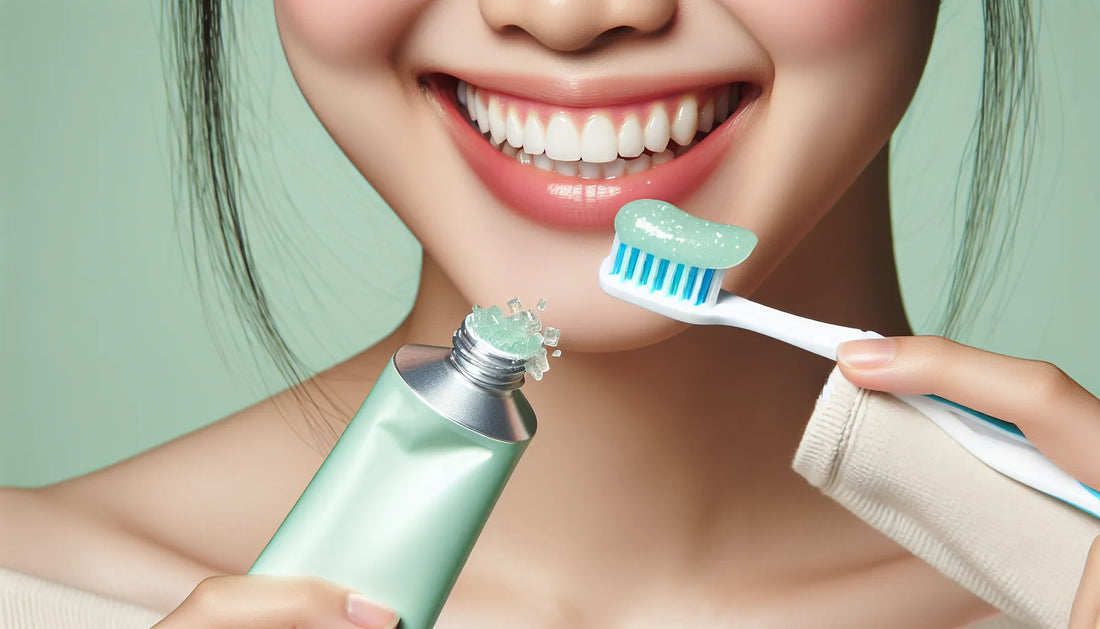The Rising Need for Fluoride-Free Dental Care Alternatives
The Prevalence of Dental Decay and the Limitations of Fluoride
Dental decay remains a significant global health issue, with roughly 35% of the population suffering from untreated dental caries. Traditionally, fluoride has been the cornerstone of dental caries prevention. However, public acceptance of fluoride is decreasing due to concerns over fluorosis in children and other potential health risks. This growing concern has catalyzed the exploration of effective alternatives like hydroxyapatite (HAP) toothpastes, which offer a fluoride-free solution for preventing dental caries.
Hydroxyapatite: A Biomimetic Alternative
Hydroxyapatite, the main inorganic component of dental enamel, presents a promising fluoride-free alternative in the form of micro- or nanocrystalline particles in toothpaste. These particles have shown potential in depositing onto and restoring demineralized enamel surfaces, acting as a direct substitute for the missing enamel minerals without the risks associated with fluoride.
Understanding Hydroxyapatite's Mechanism in Dental Care
The Structure and Vulnerability of Enamel
To comprehend the action of HAP toothpaste, it’s crucial to understand the enamel structure. Enamel, primarily composed of hydroxyapatite crystals, is organized into compact enamel rods from the dentin enamel junction to the outer surface. This organized structure contributes to enamel's hardness and its resistance to microbial attacks and acid erosion.
The Caries Process and Hydroxyapatite’s Role
The caries process involves the demineralization of enamel due to acidic conditions created by bacterial metabolism, which leads to the dissolution of hydroxyapatite and loss of minerals. Hydroxyapatite toothpastes counteract this by providing a source of calcium and phosphate ions, aiding in the remineralization of enamel through the deposition of hydroxyapatite particles onto demineralized areas.
Hydroxyapatite's Efficacy in Remineralization: In Vitro, In Situ, and In Vivo Insights
In Vitro Evidence
Studies have demonstrated that brushing with HAP-containing toothpaste can significantly restore demineralized enamel, effectively filling in surface irregularities. This is in contrast to fluoride toothpastes, which often only provide superficial remineralization.
In Situ and In Vivo Studies
In situ studies using intra-oral appliances have shown that HAP toothpaste can effectively remineralize enamel lesions to the same extent as fluoride toothpaste. Moreover, in vivo studies highlight the non-inferiority of HAP toothpaste in preventing caries progression in both primary and permanent teeth.
Additional Benefits and Applications of Hydroxyapatite in Dentistry
Beyond Caries Prevention
Hydroxyapatite toothpaste not only helps in remineralizing enamel but also offers additional dental health benefits such as whitening and reducing dentinal hypersensitivity. Its ability to occlude dental tubules and its biocompatibility make it a versatile agent in preventive oral health care.
Future Directions and Clinical Implications
The promising results of hydroxyapatite in dental care suggest a need for more comprehensive clinical trials to fully establish its efficacy across different populations and dental conditions. As research progresses, hydroxyapatite could redefine preventive strategies in dentistry, offering a safer and potentially more effective alternative to fluoride.
Conclusion: Embracing Hydroxyapatite as a Viable Alternative in Dental Care
The review of hydroxyapatite toothpaste underscores its potential as an effective, safe alternative to fluoride. With its ability to mimic natural enamel properties and provide comprehensive remineralization, hydroxyapatite stands out as a promising solution in the fight against dental caries. As we move forward, it is essential to continue exploring and validating the benefits of hydroxyapatite to fully integrate it into everyday dental practice, providing patients with safer, more effective dental care options.

Comparative Efficacy: Hydroxyapatite vs. Fluoride Toothpastes
Overview of Comparative Studies
Recent studies have directly compared the effectiveness of hydroxyapatite (HAP) and fluoride toothpastes in preventing and treating dental caries. These studies provide critical insights into how HAP toothpaste performs relative to traditional fluoride-based products, particularly in terms of remineralization capabilities, caries prevention, and overall dental health improvement.
Mechanisms of Action
Hydroxyapatite toothpastes work by depositing HAP particles, either in micro or nanocrystalline form, onto enamel surfaces. These particles effectively fill in demineralized surface defects and micropores, thereby restoring the integrity of the enamel surface. Fluoride toothpastes, on the other hand, enhance the natural tooth surface remineralization process by forming a fluorapatite layer that is less soluble under acidic conditions.
Comparative Results on Enamel and Dentin Remineralization
Studies have shown that HAP toothpaste can achieve increased surface remineralization, which has been observed through scanning electron microscopy (SEM) and light microscopy, and confirmed by surface hardness tests and transverse microradiography (TMR). These results indicate that HAP toothpaste can perform comparably to, and sometimes exceed, the remineralization effects of fluoride toothpaste, particularly when used in microcrystalline forms.
Caries Prevention Efficacy
In terms of caries prevention, several studies have demonstrated the non-inferiority of HAP toothpastes compared to fluoride toothpastes. Clinical trials have measured caries progression using the International Caries Detection and Assessment System (ICDAS) scores and have found no significant difference in the efficacy of preventing caries between the two types of toothpaste.
Advantages Over Fluoride
Hydroxyapatite toothpaste offers several advantages over fluoride:
Source of Calcium and Phosphate: Unlike fluoride, HAP toothpaste does not rely on calcium and phosphate availability from saliva, as it provides these minerals directly.
Deeper Layer Remineralization: HAP particles are capable of penetrating deeper into the enamel layers, beyond just surface treatment, providing a more thorough remineralization.
No Risk of Fluorosis: HAP toothpaste eliminates the risk of dental fluorosis, a common concern associated with fluoride, especially in children.
Safety and Side Effects
HAP toothpaste has not been associated with any adverse health events, making it a safer alternative for individuals sensitive to fluoride or those at risk of developing fluorosis. This safety profile supports broader use, especially among vulnerable populations such as children and individuals with compromised salivary flow.
Conclusion of Comparative Analysis
The comparison between hydroxyapatite and fluoride toothpastes highlights the significant potential of HAP as a safe, effective alternative for dental care. With its ability to provide comprehensive remineralization and prevent caries without the associated risks of fluoride, hydroxyapatite toothpaste represents a promising advancement in oral health care products. Further research and wider adoption could solidify its place as a mainstay in dental hygiene regimens worldwide.

Clinical Applications and Broader Implications of Hydroxyapatite Toothpaste
Expanding Clinical Use of Hydroxyapatite
The positive findings regarding hydroxyapatite (HAP) toothpaste in dental care invite exploration into its broader clinical applications. Beyond basic caries prevention, HAP toothpaste has shown promise in several specialized dental treatments, reflecting its versatility and effectiveness.
Desensitization and Whitening Properties
HAP toothpaste has been noted for its ability to reduce dentinal hypersensitivity significantly better than fluoridated toothpastes. It achieves this by physically occluding exposed dentinal tubules, providing rapid and sustained relief from pain associated with sensitivity. Additionally, HAP toothpaste has demonstrated whitening effects due to its ability to polish and fill micro-scratches on the enamel surface, improving overall tooth brightness and appearance.
Enhancing Oral Hygiene Regimens
For individuals undergoing orthodontic treatments, HAP toothpaste offers substantial benefits in maintaining and improving oral hygiene. It can prevent the formation of white spot lesions, a common issue due to braces, by reinforcing enamel integrity around orthodontic brackets.
Implications for Pediatric Dentistry
Given its safety profile and effectiveness, HAP toothpaste is particularly suitable for pediatric dentistry. It eliminates the risk of fluorosis, a critical concern when treating young patients. Pediatric dental care can leverage HAP to ensure safe, effective dental hygiene from an early age, fostering a lifetime of healthy habits.
Public Health Considerations
The introduction of HAP toothpaste into public health initiatives could revolutionize approaches to community dental health, particularly in areas with limited access to professional dental care. Its ease of use, coupled with its non-toxic nature, makes it an ideal component in programs aimed at reducing dental caries across diverse populations.
Research and Development Opportunities
The promising results from current studies suggest that further research into HAP toothpaste could yield even more innovative applications. There is potential for developing new formulations and delivery systems that enhance the bioavailability and effectiveness of hydroxyapatite in oral care products.
Regulatory and Commercial Implications
As evidence of HAP's benefits continues to grow, regulatory bodies and dental product manufacturers might consider more significant investments in HAP-based products. This could lead to a shift in the market dynamics of dental care products, with HAP toothpaste becoming a mainstream alternative to fluoride-based options.
Conclusion: Towards a New Standard in Oral Health Care
The clinical applications and broader implications of hydroxyapatite toothpaste underline its potential to set a new standard in dental care. By providing a safe, effective alternative to fluoride, HAP toothpaste not only addresses the limitations of current dental treatments but also opens up new possibilities for enhancing oral health on a global scale. As the dental community continues to recognize the benefits of HAP, we can expect to see a more widespread adoption of this innovative material in everyday dental practices, contributing to better oral health outcomes for people of all ages.

Future Directions in Hydroxyapatite Research and Development
Advancing Scientific Understanding
To fully harness the potential of hydroxyapatite (HAP) in dental care, further scientific research is essential. This research should aim to deepen our understanding of how HAP interacts with enamel and dentin at a molecular level, particularly under varied physiological conditions. Investigating the long-term effects of HAP on tooth enamel, including its impact on enamel wear and resistance to caries over time, will be crucial.
Enhancing Formulation Techniques
Developing new formulations that optimize the delivery and efficacy of hydroxyapatite is another critical area of focus. This includes experimenting with different sizes and concentrations of HAP particles to maximize their remineralization potential and exploring synergistic combinations with other dental care ingredients that could enhance the overall benefits.
Tailored Applications for Specific Dental Needs
Research should also explore tailored applications of HAP toothpaste for specific dental conditions, such as severe enamel erosion, chronic sensitivity, and high caries risk individuals. Specialized products could address the unique needs of these groups, providing more targeted and effective treatments.
Clinical Trials and Evidence Gathering
Conducting rigorous clinical trials is essential to validate the benefits of HAP toothpaste observed in laboratory settings. These trials should include diverse population groups to ensure the findings are broadly applicable. Gathering robust clinical evidence will support claims about the effectiveness of HAP and facilitate its acceptance by the dental community and regulatory bodies.
Public Health Campaigns and Education
As part of broader adoption, public health initiatives should focus on educating healthcare professionals and the public about the benefits of HAP. This involves clear communication regarding the advantages of HAP over traditional fluoride treatments, particularly in terms of safety and effectiveness in various oral health scenarios.
Policy and Regulatory Adjustments
With increasing evidence supporting the benefits of HAP, policy and regulatory frameworks may need adjustment to encourage the inclusion of HAP toothpaste in public dental health programs. This could involve revising guidelines for caries prevention to include HAP as a recommended treatment option alongside fluoride.
Market Expansion and Accessibility
Finally, increasing the accessibility of HAP-containing products in global markets is crucial. This includes scaling up production, reducing costs, and ensuring that these products are available in both developed and developing countries. Making HAP toothpaste more accessible will help reduce global disparities in dental health care and allow more people to benefit from this innovative technology.
Conclusion: Shaping the Future of Dental Care with Hydroxyapatite
As we look to the future, hydroxyapatite stands out as a transformative agent in dental care, poised to offer safer and possibly more effective alternatives to fluoride-based products. The path forward involves a coordinated effort among researchers, clinicians, industry leaders, and policymakers to ensure that the benefits of HAP are fully realized and accessible to all. By continuing to explore, innovate, and educate, the potential of hydroxyapatite to revolutionize dental care is immense, promising a future where dental health is more universally achievable and sustainable.


